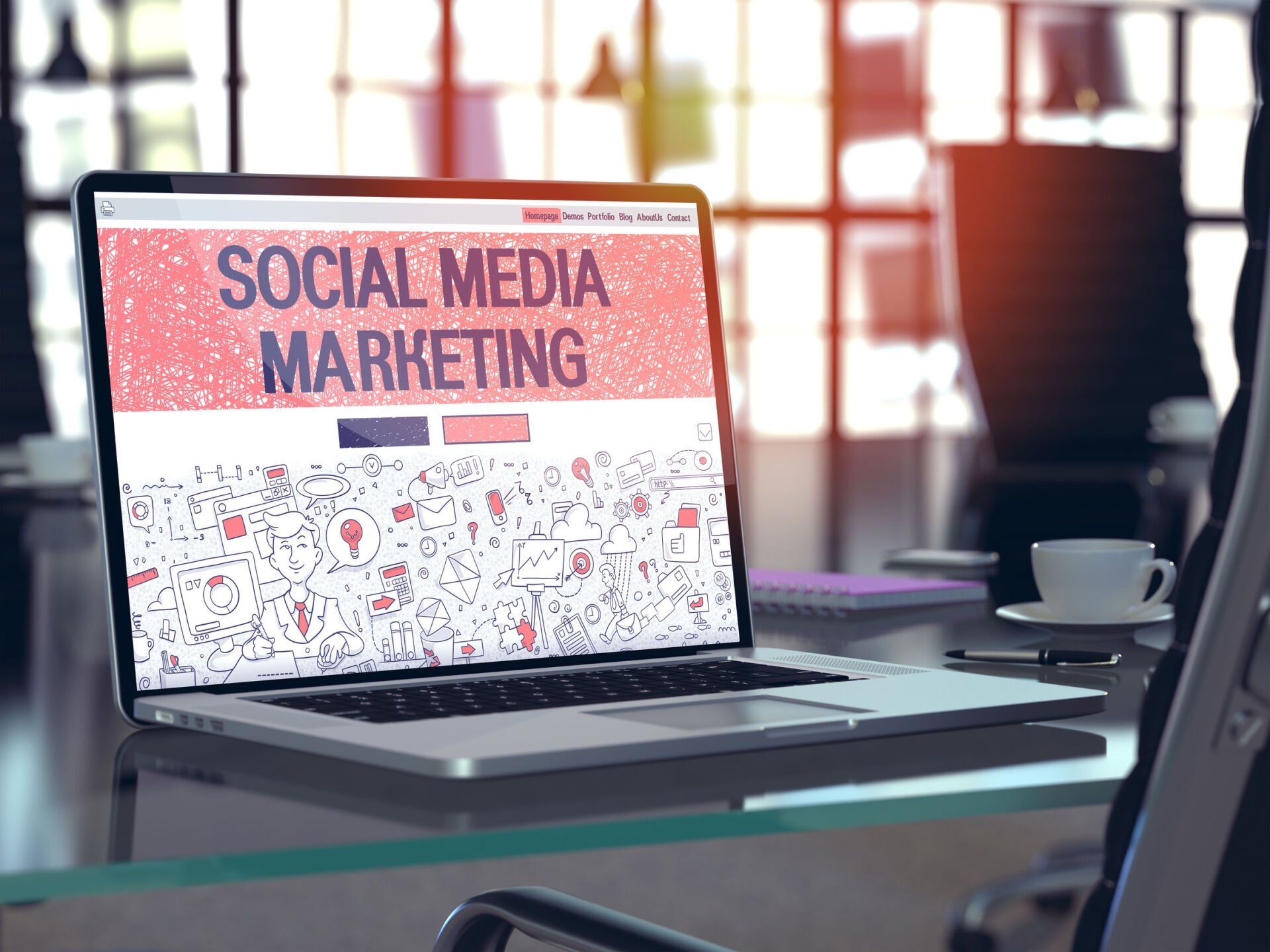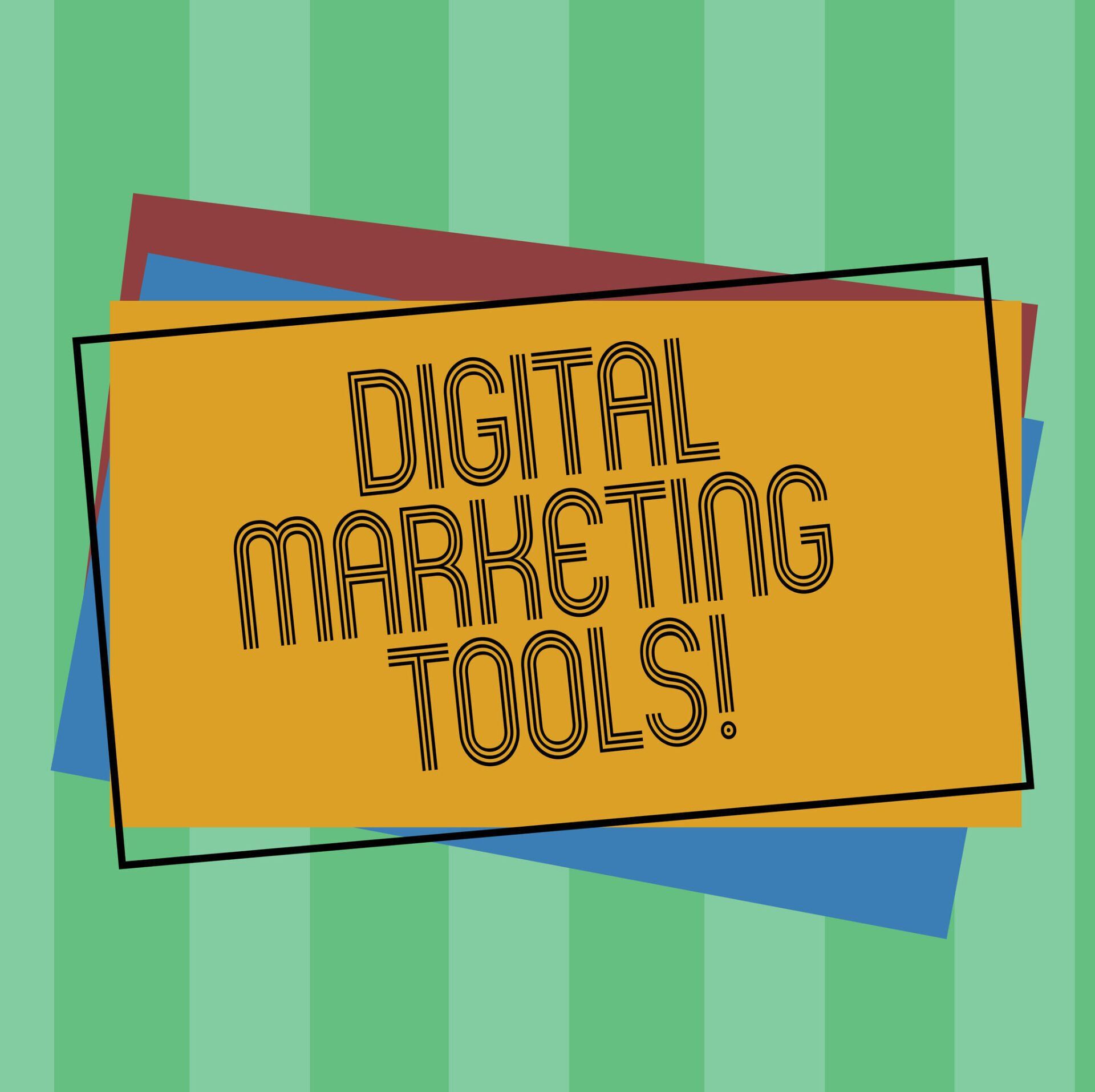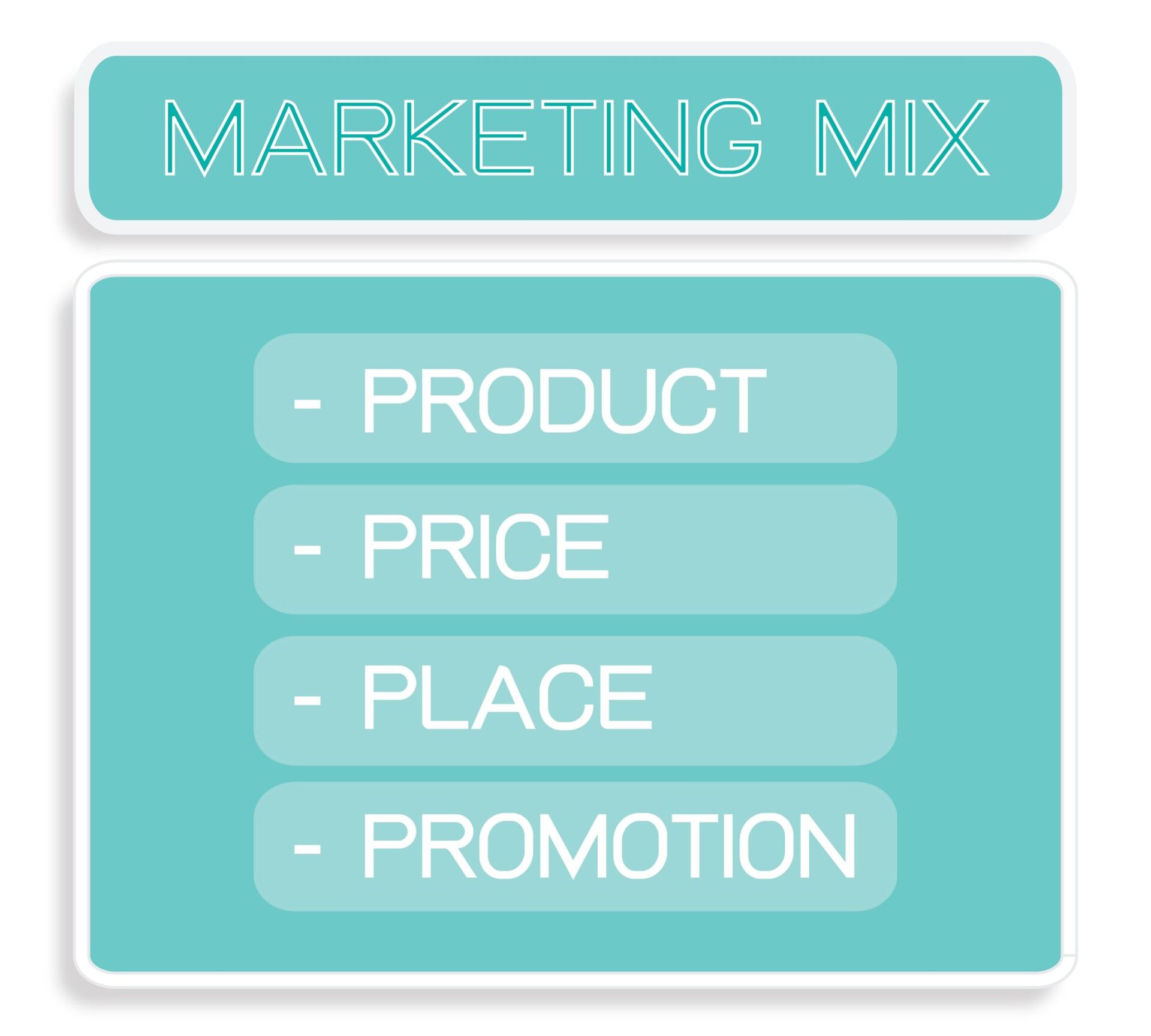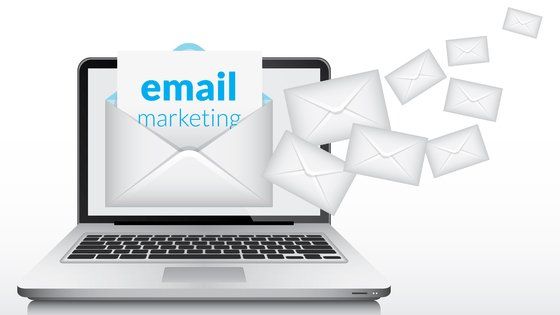Blog
OUR BLOG
Our blog is a great way to stay on top of industry trends, receive helpful marketing tips or get fun tidbits about the going-on's of the 1351 Marketing Group team.
1351 Marketing Group

By Kyle Eggleston
•
18 Mar, 2021
First of all, the question to be asked is why should your business be on social media? The simple answer is that’s where your customers are. Nearly everyone in all target demographics that you may want to reach is involved in social media in some fashion. Your competition is most likely there, too, so you want to have your business be visible as well. With the why determined, the question now becomes how can social media marketing benefit your business? Customer Feedback Social media is a wonderful tool to get information from customers. Whether it’s offering feedback on what they’d like to see or satisfaction with your business, if you truly listen to your customer base and engage with them, you can procure lots of data. You can use that information to improve or add to your business. When they have a complaint or question about your product or service, people generally prefer to have an easy way to contact you, and social media fills that void. Brand Awareness Brand awareness is the easiest and most cost-effective way to get your brand in front of a large audience. You can explain what your business is all about and let potential customers get to know you better. It’s easy to get started with social media. Simply create profiles across the various social media platforms and begin interacting with potential customers. Utilize your human resources, ask employees, friends, and family to like and share your posts to start to grow your audience. Spending a few hours a week creating content and cultivating your social media profiles will pay immediate dividends. Brand Loyalty By taking the time and energy to interact with your customers personally and individually, you begin to build relationships that can often lead to them developing loyalty to your brand. Creating brand loyalty takes time, but social media is a great way to build relationships and keep working towards loyalty continuously. Boost Traffic to Your Website Each post on each social media platform presents the potential to drive traffic to your website. If they’re piqued by what you have to say, they’ll be interested in learning more. The best way to do that is to go to your website, which hopefully is linked in your post. The more traffic you can generate, the more possibilities you generate for future business. Increase Rankings on Search Engines Rankings on search engines play into the last topic on social media posts driving traffic to your website. The next level is getting your website higher on the list when people search for your business. Search engine optimization, SEO, is absolutely crucial to ensure that when potential customers do a search, they find you. Having your website link in your content posts will begin to increase this ranking. Many people use Google to find what they are looking for, and most won’t go past page 10, while several won’t even go past the top few entries. Generate content across your social media platforms that utilize your targeted keywords. Blogs are one of the most effective ways to accomplish this. Posting studies, infographics, business information, and even employee photos can go a long way to help with SEO. Again, getting people to “like” and “share” your posts boosts your ranking. The more quality content you produce, the more you increase the likelihood that influencers will become aware of your business. These influencers can write about your business and provide linkbacks to your site, which can help. Now you know why it’s important to use social media, how to use social media, but you may be thinking you don’t have time, so who can help you with this? Contact the team at 1351 Marketing Group to help you develop your campaign with tried and true methods to maximize all the hows to grow your business!

By Kyle Eggleston
•
11 Mar, 2021
In today’s technology-first world, having a digital marketing strategy is essential to your success. If your customers are online, you need to use online tools to reach them. There’s a multitude of different tools available today across many facets of digital marketing. We will cover five of the best to get you started on improving your digital marketing. Hubspot Hubspot is a suite of tools that can help you increase traffic to your site, procure and convert leads, show how effective your inbound marketing capabilities are, and help improve the rate of deal closings while shortening the time frame needed to complete the deal. It can be used for customer relationship management as well as a content management system. It’s also useful to create and monitor email marketing campaigns, monitor social media interaction, and analyze the behavior of visitors to your site. It’s really an all-in-one tool. Google Analytics Google Analytics would fall under the must-have category when planning a digital marketing strategy. Google Analytics can tell you who’s visiting your site, how they found it, what pages they visited, and the length of time they spent on each page. This data can show you what methods are working to drive traffic to your site as well as what they are most and least interested in on your site. Google Analytics is a tool that can get pretty advanced, but the information it provides is worth the time invested in learning it. Google Academy does offer a Google Analytics course to make sure you understand all the nuances of the tool. BuzzSumo When considering a digital marketing plan, social media influencers need to be part of the plan. BuzzSumo can determine the top influencers in your market and assist you in connecting with them. You can search for trending topics related to your business as well as evergreen content. BuzzSumo also offers monitoring capabilities utilizing analytics and mentions to see how your content performs. You can also use BuzzSumo to help create content by getting ideas from these influencers and what’s trending throughout the social media world. Canva Aesthetics are an essential aspect of any type of marketing, not just digital. But in the digital realm, you need graphics to make things pop. Canva uses drag-and-drop style to design your logos, images, infographics, call-to-action-buttons, graphs, etc., so you don’t need a graphic designer. Any member of your marketing team can utilize Canva. The Canva catalog has various shapes, icons, pictures, and fonts that you can use in whatever content you’re creating. If you don’t have access to more advanced design software like Photoshop or InDesign, Canva is the perfect tool. Slack Communication is of the utmost importance in any team, and your marketing team is no exception. Especially in today’s world, where many companies offer remote employment opportunities, having an online way to keep in touch with your team is crucial. Slack is a tool that does just that and is one of the most used communication tools for companies. It’s made to promote collaboration and online meetings while keeping the focus of the conversations on business. Slack can integrate many third-party apps so that you can share this data in chats or meetings. 1351 Marketing Group loves Slack for our marketing team communications. It can be difficult for a small business to devote time and resources to purchasing and learning these digital marketing tools. If you would prefer to focus your energies elsewhere and do not have a marketing team, contact us at 1351 Marketing Group . We will provide a comprehensive approach to your digital marketing needs. We can provide you with a customized website that highlights your brand's individuality, social media profiles that allow you to engage with your customers, and optimized content that will make you the go-to expert in your area.

By Kyle Eggleston
•
11 Mar, 2021
In the 1950s, Neil Borden came up with the marketing mix concept, known as the 4 Ps. Several decades later, this concept is still used predominantly to drive consumers to products and services marketed by companies worldwide. Companies can use this methodology to determine consumer wants and needs and determine if the product or service offered meets or fails to meet those wants and needs. The 4 Ps also set the perception of the product or service, how this product or service stands out from others, and how the product or company itself relates to the buyer. Product The first of the four Ps is product, the good or service the company is trying to sell. First and foremost, the product should satisfy a want or need in the marketplace. Alternatively, it can also be innovative, unique, and interesting enough to create a new demand just from its very existence. Product type also plays a role in the other Ps as well as it will, at least in part, determine what can be charged, the placement of the product in both cyber and physical space, and the promotion that will be done. Price Price is simply what the customer will pay for your product. When marketing your product, consider the overhead costs, and then market the price as it pertains to the real value as well as the perceived value. Also, consideration needs to be paid to what the market price is for similar products so as to price it competitively. Where that price falls depends on whether you are looking to create a good value to get more people to utilize your product or whether to inflate the price to indicate its place as a luxury product. Discounts should also be considered when setting the price as they can bring more sales, but possibly at the expense of the luxury reputation if you’ve gone that route. Place Place is where you do the actual selling of the product and how it’s made available to the consumer. The goal here is to get your product in front of those most likely to purchase it, whether it be a specific store, a display within a store, product placement in movies and tv shows, or online. The more your target market sees your product, the more likely it is they will seek it out, potentially leading to more sales. Promotion When people think of marketing a product, this is usually what comes to mind. Promotion is the actual advertising strategy used to tell the customer what the product is and why they need it. Another goal of promotion is to justify the price point determined previously. Promotion and place go hand and hand and often intertwine and interact, especially in today’s online world. Place and promotion are physical presence as well as an online presence. For online promotion, things such as search engine optimization (SEO) and targeted ads are critical aspects to consider as well. Search engine optimization refers to having your website be found by the search engines and then placed high in the search results. Target ads are when a consumer is searching for something online that pertains to your product, an ad would pop up. Social media presence is also crucial here. The 4 Ps are called marketing mix for a good reason as it is the recipe for success when it comes to marketing your goods and services. Ensure you have taken care to thoroughly analyze and understand each of the 4 Ps individually, as well as how they interact with each other and intertwine, to maximize impact on the consumer and show why they need your product as well as to differentiate yourself from the competition.

By Eric Sandve
•
10 Mar, 2021
Your website and its message for your audience may be of top quality and well-written, but your intended viewers may not see this content without optimized content for searches. This is where search engine optimization steps in. It helps search engines like Google and Bing find your site and move it toward the top of the search results. Learn about how to make your website content discoverable and increase the number and quality of sales leads. What Is Search Engine Optimization (SEO)? Search engine optimization is a practice that improves online search results. It gives your website three things: High-quality traffic: visitors who are looking for what your site offers. High quantity traffic: better search engine results mean more people will be finding your site. Cost-free traffic: known as organic traffic, is sent to your site without purchasing ads that appear in search results. Search results are obtained by the search engine’s bot or crawler, gathering information on the Internet and indexing the results. An algorithm matches the gathered data with the searcher’s query. The algorithm, or set of rules for calculating, depends on the quality linking of pages, keywords, relevant content, readability, and other factors. Optimizing those organic results means making the sites and their content easy for search engines to understand the content being scoured, as well as easy for the searchers themselves to understand. Behind-the-scenes coding of website text can contain tags for titles and keywords and metadata (behind the scenes information about a website). Relevant internal links to pages within your website also optimize search engines to find your site. How Do You Optimize Your Site? Optimizing a site begins at the foundation, using an SEO-friendly domain name and carefully linking internal pages using best practices. From that foundation, optimizing a website requires writing SEO-friendly content that uses keywords and behind-the-scenes markup. Online technology is ever-changing, and SEO is no exception. Changes to algorithms used in search engines lead to changes in how websites are best designed to optimize search result success. How To Determine If Your Site is Optimized While behind-the-scenes website structure, metadata, and coding is a vital part of a web-optimized site and is quite complicated, there are other ways to determine whether your website has characteristics that make it easy for searchers to find. Consider possible identifying terms or keywords you believe search engine users would likely use. Think about what prospective customers may be interested in, what problems they may want to solve, and where they may be purchasing or looking for products or services. You should create a list of potential keywords and phrases and review similar websites and sites of competitors. If your website is live, you may be able to lookup keyword data from search engine traffic that’s directed to your site already. What’s the First Step Toward Optimization? If your website is already built, you can begin by updating the content to focus on targeted keywords and a variety of related terms. Make sure every page of your website has a targeted keyword to drive traffic to that page. While targeting the wording is high on the list of ways to optimize a website, there are several other ways to increase traffic to your site: Ensure it has a responsive design to work well with multiple devices, screen sizes, and browsers. It should render well on phones, tablets, and laptops. Websites and pages should be easy to like and share on social media. The website layout should be clear and easy to navigate. Search engine optimization can be very complicated and require behind-the-scenes modification to website coding and design modification. SEO is much more than what websites look like on the screen or a phone. Contact 1351 Marketing Group to ensure your website has the best SEO possible to bring targeted traffic your way.
CONTACT US
SIGN UP FOR OUR NEWSLETTER
Thank you for contacting us.
We will get back to you as soon as possible
We will get back to you as soon as possible
Oops, there was an error sending your message.
Please try again later
Please try again later






